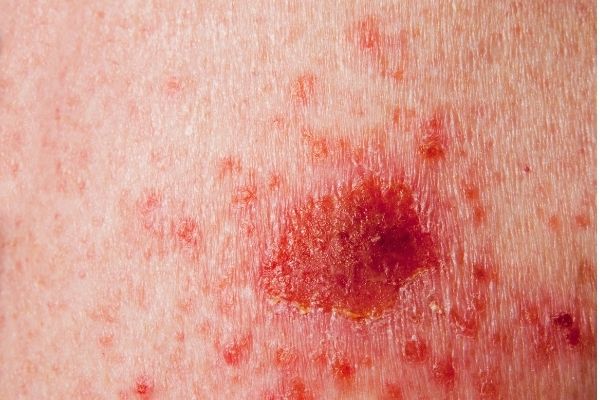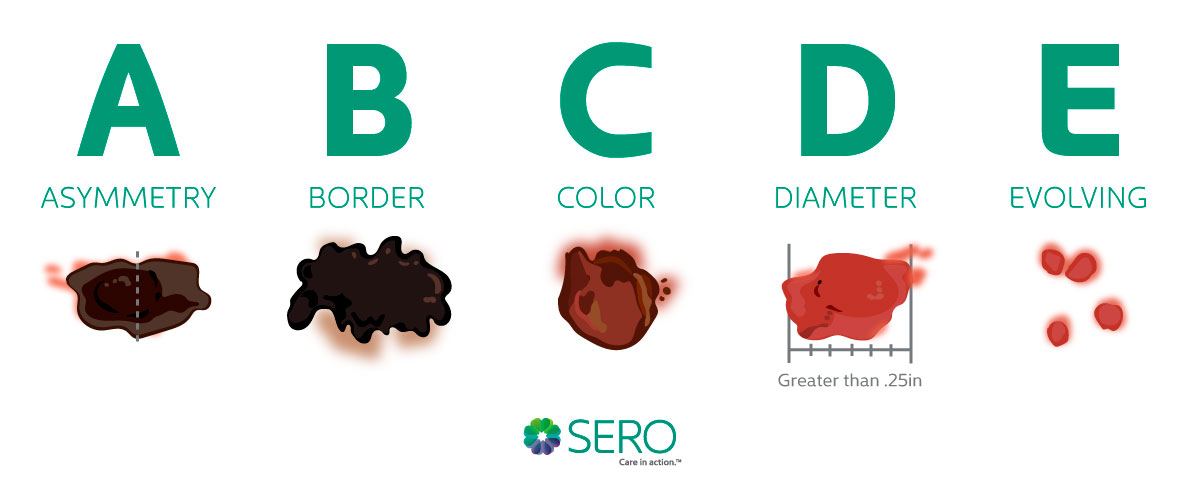Most of us have moles on our bodies. While moles can be perfectly normal, it is important to understand the characteristics of a normal mole as well as atypical moles and cancerous moles and whether we need to see a specialist to determine if a melanoma, or skin cancer, is present. If skin cancer is a concern for you, start with downloading our Skin Cancer Self-Exam Checklist.
Atypical moles are also called dysplastic nevi. They are very similar to melanoma, but it often takes a medical professional to distinguish the difference. While not all dysplastic nevi are cancerous moles, they can become cancerous. That’s why it’s important to keep an eye on atypical moles.
In this blog, we will review all the characteristics of normal moles, atypical moles, and cancerous moles so that you can better conduct regular self-examinations and monitor for warning signs of melanoma. Though melanoma is highly curable if found in its beginning stages, the cancer can be deadly if it spreads to other organ systems. That being said, early detection is key.







